
Using Technology in the Library Workplace
LIBRARY SUPPORT STAFF HANDBOOKS
The Library Support Staff Handbook series is designed to meet the learning needs of both students in library support staff programs and library support staff working in libraries who want to increase their knowledge and skills.
The series was designed and is edited by Hali Keeler and Marie Shaw, both of whom teach in support staff programs and have managed libraries.
The content of each volume aligns to the competencies of the required and elective courses of the American Library Association-Allied Professional Association (ALAAPA) Library Support Staff Certification (LSSC) program. These books are both textbooks for library instructional programs and current resources for working library staff. Each book is available in both print and e-book versions.
Published books in the series include:
1.Foundations of Library Services: An Introduction for Support Staff
2.Library Technology and Digital Resources: An Introduction for Support Staff
3.Cataloging Library Resources: An Introduction
4.Working with Library Collections: An Introduction for Support Staff
5.Communication and Teamwork: An Introduction for Support Staff
6.Supervision and Management: An Introduction for Support Staff
7.Foundations of Library Services: An Introduction for Support Staff, Second Edition
8.Using Technology in the Library Workplace: An Introduction for Support Staff
Published by Rowman & Littlefield
An imprint of The Rowman & Littlefield Publishing Group, Inc.
4501 Forbes Boulevard, Suite 200, Lanham, Maryland 20706
www.rowman.com
6 Tinworth Street, London SE11 5AL, United Kingdom
Copyright 2021 by The Rowman & Littlefield Publishing Group, Inc.
All rights reserved. No part of this book may be reproduced in any form or by any electronic or mechanical means, including information storage and retrieval systems, without written permission from the publisher, except by a reviewer who may quote passages in a review.
British Library Cataloguing in Publication Information Available
Library of Congress Cataloging-in-Publication Data
Names: Shaw, Marie Keen, author.
Title: Using technology in the library workplace : an introduction for support staff / Marie Keen Shaw.
Description: Lanham : Rowman & Littlefield, [2021] | Series: Library support staff handbooks ; no. 8 | Includes bibliographical references and index. | Summary: This text is written for the library support staff who are the backbone of technology success. Each chapter provides a practical overview of how the technology advances library services. With abundant examples of how to apply the technology in real situations, it is an essential handbook for students entering into the library profession-- Provided by publisher.
Identifiers: LCCN 2021011729 (print) | LCCN 2021011730 (ebook) | ISBN 9781538145340 (cloth) | ISBN 9781538145357 (paperback) | ISBN 9781538145364 (ebook)
Subjects: LCSH: Libraries--Information technology--Handbooks, manuals, etc. | Libraries--Communication systems--Handbooks, manuals, etc. | Library technicians--Effect of technological innovations on--Handbooks, manuals, etc. | Library technicians--In-service training--Handbooks, manuals, etc.
Classification: LCC Z678.9 .S47 2021 (print) | LCC Z678.9 (ebook) | DDC 025.00285--dc23
LC record available at https://lccn.loc.gov/2021011729
LC ebook record available at https://lccn.loc.gov/2021011730
 The paper used in this publication meets the minimum requirements of American National Standard for Information SciencesPermanence of Paper for Printed Library Materials, ANSI/NISO Z39.48-1992.
The paper used in this publication meets the minimum requirements of American National Standard for Information SciencesPermanence of Paper for Printed Library Materials, ANSI/NISO Z39.48-1992.
To AJ, Alyssa, Nora, Danny, and Joanie
The Young Technology Users of Tomorrow
Contents
Guide
TABLES
TEXTBOXES
Aligned with the revised national American Library Association Library Support Staff Certification (ALA-LSSC) competency standards, Using Technology in the Library Workplace: An Introduction for Support Staff provides clear explanations on key principles and concepts of library technology and how Library Support Staff (LSS) can support or perform its functions. In todays libraries LSS use a variety of technology to perform their work. They also are expected to be able to instruct, support, and problem solve many of the technology issues around patrons technology needs.
This book is aimed to add to the knowledge and skills LSS need to use technology to support how patrons find, read, and view information. Divided into three parts, provides readers an introduction to the Fundamentals of Technology. In the first six chapters readers learn how library staff plan for, acquire, and use hardware, software, and Integrated Library Systems. Examples of how libraries provide assistive and adaptive technologies to improve services for all patrons are found in this section.
The second section of the book, best practices to use external sources to enhance information opportunities and to connect library services to communities through online meetings, programming, and social media.
The final section of this book, , provides topics around libraries using technology to enhance Education and the Future. Libraries support lifelong learning with STEM/STEAM programs that integrate science, mathematics, engineering, technology, and the arts. Many libraries also offer programs on coding with a focus of twenty-first-century career opportunities. Digital media, artificial intelligence, virtual reality, simulations, and many other technologies that once were thought to be science fiction at best are growing more common in our libraries. At the same time LSS often have the most contact with library technology and the people who use it. They need to be able to recognize and know steps to take when they suspect cyber threats and inappropriate use. This book concludes with a chapter on trends and technological directions LSS may encounter in the not too far future.
This book is essential for those who work in libraries who need to know and apply the fundamental technologies that are critical to library services and programs. It is also essential for those LSS who have or will be undertaking technical or leadership roles and responsibilities for ensuring the functioning of library hardware, software, and how they are used. Imbedded throughout the book are tables and textboxes that provide examples or give easy to understand information about a concept or related topic. At the end of each chapter is an extensive list of online references and suggested readings for further exploration of library technologies. This important handbook is geared to improve the readers knowledge and skills so that the library can provide equity and reliable access to its technology and systems.
Each chapter is broken down with short subheadings to make complex topics easy to find, read, and understand. Tables and illustrations are abundantly used throughout the text to present key ideas simply and clearly.
The text is written for three intended audiences: working library staff, college instructors, and students in college library certificate or degree programs. No matter the type of library, there is even greater need today for LSS to understand how technology supports the work of staff, the needs of its customers, library functions, services, and programs.
Next page

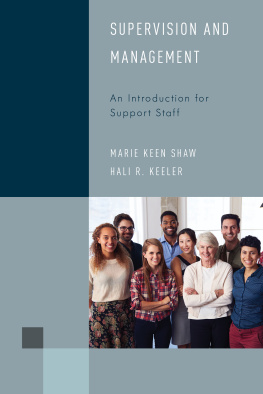
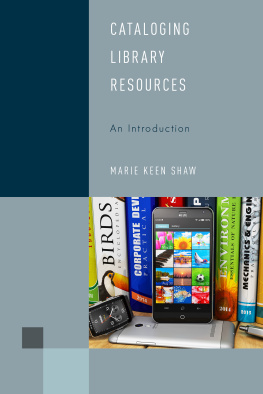


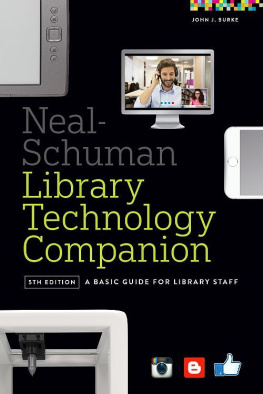
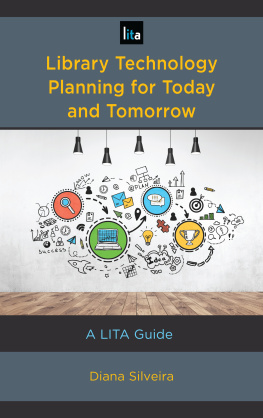
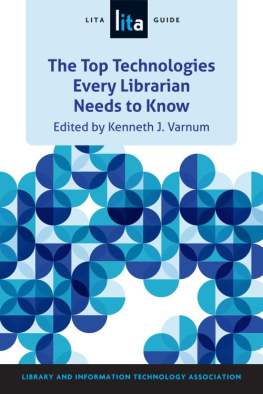

 The paper used in this publication meets the minimum requirements of American National Standard for Information SciencesPermanence of Paper for Printed Library Materials, ANSI/NISO Z39.48-1992.
The paper used in this publication meets the minimum requirements of American National Standard for Information SciencesPermanence of Paper for Printed Library Materials, ANSI/NISO Z39.48-1992.